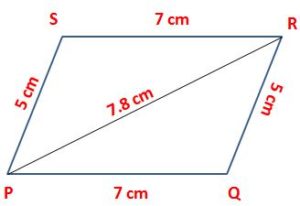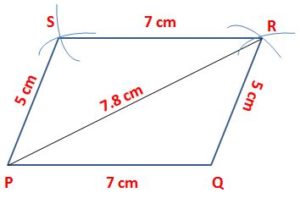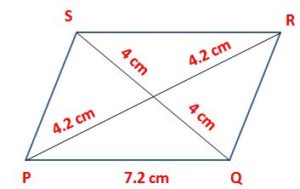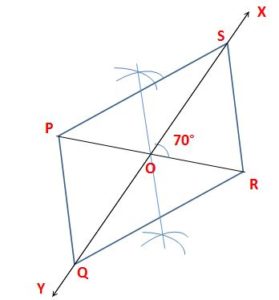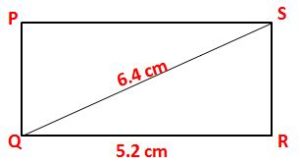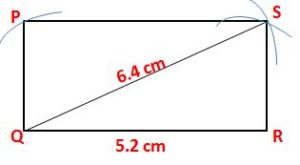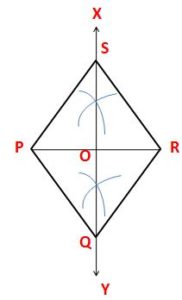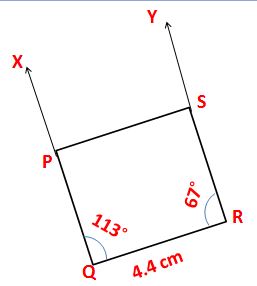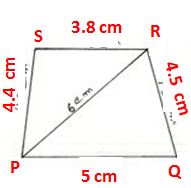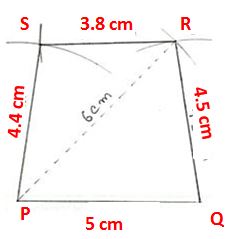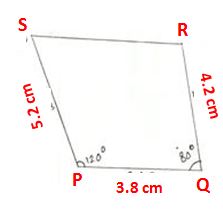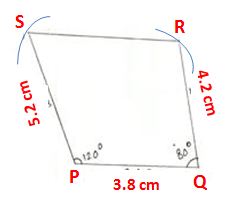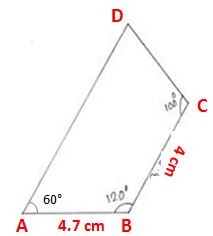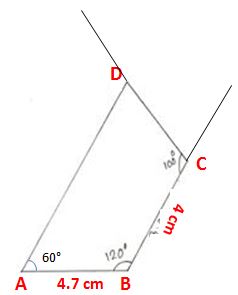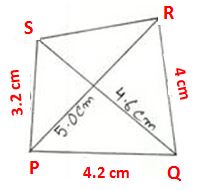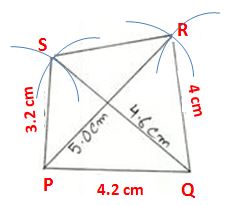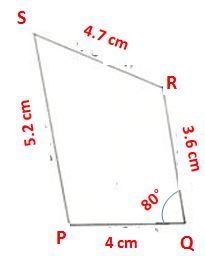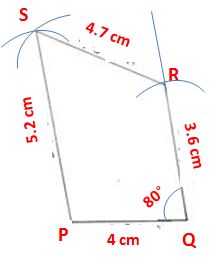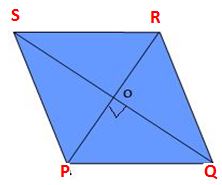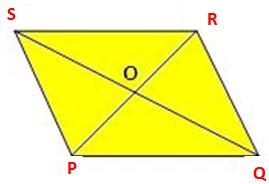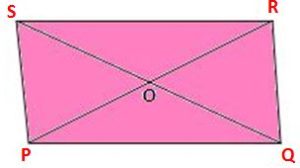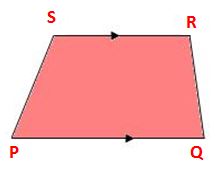Removal of brackets involves step by step process. We are providing a detailed procedure and various rules to follow while removing the brackets. Also, check the various methods to remove different types of brackets. Rewrite the expression by simplifying it with the help of the brackets removal function. Know the process of writing in equivalent forms by removing the brackets. Refer to the definitions of “expanding” or “removing” brackets.
How to Remove Brackets from an Equation?
There are various steps involved in bracket removal. In the further sections, we will see how the equations can be written in equivalent forms by removing the braces. This process is called “removing” or “expanding” brackets.
The actual procedure to remove the brackets is to multiply the term which is outside the brackets with the term which is inside the brackets. This is also called the law of distribution.
Steps to Brackets Removal
In Order to take off brackets, you need to follow the step by step guidelines listed below and they are as follows
Step 1:
Check for the given question or the expression whether it contains a vinculum(The horizontal line which is used in the mathematical notation for the desired purpose) or not. If there is a vinculum, then perform the operations in it. Or else go to step 2
Step 2:
Now, go for the equation and check for the innermost bracket and then perform the operation within that bracket.
Step 3:
To perform step 3, there are various rules to be followed.
Rule 1: If the equation is preceded by addition or plus sign, then remove it by writing the terms as mentioned in the equation.
Rule 2: If the equation is preceded by a negative or minus sign, then change the negative signs within it to positive or vice versa.
Rule 3: The indication of multiplication is there will be no sign between a grouping symbol and a number.
Rule 4: If there is any number before the brackets, then we multiply that number inside the brackets with the number which is outside the brackets.
Step 4:
Check for the next innermost bracket and perform the calculations or operations within it. Remove the next innermost bracket by using Step III rules. Follow this process until all the brackets are removed.
Removing Brackets by FOIL Method
Brackets can be easily removed and rules can be remembered by using the FOIL Method. Whenever multiplication is necessary outside the brackets, multiply each of the terms in the first bracket by each of the terms in the second bracket.
To avoid confusion, we apply the FOIL Method and make the calculations simple further.
In FOIL, F indicates First, O indicates Outside, I indicates Inside, L indicates Last
First: Multiply the initial terms of each bracket i.e., the first term of the first bracket with the first term in the second bracket.
Outside: Outside indicates multiplying the 2 outside terms i.e., the first term in the first bracket with the second term in the second bracket.
Inside: Multiplication of 2 inside terms inside Inside in FOIL Method i.e., the second term in the first bracket with the first term in the second bracket.
Last: Last indicates multiplication of last terms from both the brackets i.e., the second term in the first bracket with the second term in the second bracket.
Example:
(x+5)(x+10)
= (x+5)x + (x+5)10
x2+ 5x + 10x + 50
= x2+15x + 50
Removing Brackets Questions
Consider an algebraic expression which contains parentheses or round brackets ( ), square brackets [ ], curly brackets { }.
5{[4(y-4)+15] – [2(5y-3)+1]}
Step 1:
Innermost grouping symbols removal is the first step to simplify the expression. Consider (y-4), to remove the brackets we multiply the equation (y-4) by 4, here comes as 4y-16.
Step 2:
Follow the same procedure to remove parentheses in 2(5y-3), we have multiplied the equation (5y-3) by 2, here comes the final equation as 10y-6
After performing 2 steps, the result equation will be
5{[4y-16+15] – [10y-6+1]}
Step 3:
Now, the equation is further simplified and it contains only square brackets and curly brackets, we should perform all the set of operations within two brackets.
5{[4y-16+15] – [10y-6+1]}
=5{[4y-1]-[10y-5]}
Step 4:
As the brackets of two sets are removed. Therefore, the negative sign before the 2nd set implies for all the terms present in the 2nd set. Therefore, it is multiplied by -1
5{[4y-1]-[10y-5]}
=5{4y-1-10y+5}
Step 5:
As all other brackets are removed and the expression contains only curly braces. Perform all the operations that are possible within the brackets.
5{4y-1-10y+5}
=5{-6y+4}
Step 6:
To the open curly braces, apply the distributive law.
5{-6y+4}
=-30y+20
Example 2:
Simplify the equation 95 – [144 ÷ (12 x 12) – (-4) – {3 – 17 – 10}]
Solution:
Step 1:
Innermost grouping symbols removal is the first step to simplify the expression. Consider {3-17-10}, to remove the brackets we subtract the equation {3-17-10}, here comes as {3-7}
Step 2:
Follow the same procedure to remove parentheses in (12 x 12), we have multiplied the equation (12 x12), here comes the final equation as 144
After performing 2 steps, the result equation will be
95 – [144 ÷ 144 – (-4) – {3-7}]
Step 3:
Now, the equation is further simplified and it contains only square brackets and curly brackets, we should perform all the set of operations within two brackets.
95 – [1 – (-4) – (-4)]
Step 4:
As the brackets of two sets are removed. Therefore, change the negative signs and rewrite the equation.
= 95 – [1 + 4 + 4]
Step 5:
As all other brackets are removed and the expression contains only square braces. Perform all the operations that are possible within the brackets.
= 95 – 9
Step 6:
Therefore, after subtraction the final solution is
=86
Example 3:
Simplify the equation 197 – [1/9{42 + (56 – 8 + 9)} +108]
Solution:
Step 1:
Innermost grouping symbols removal is the first step to simplify the expression. Consider {56-8+9}, to remove the brackets we subtract the equation {56-8+9}, here comes as {56-17}
= 197 – [1/9 {42 + (56 – 17)} + 108]
Step 2:
Follow the same procedure to remove parentheses in {42 + (56 – 17)}, we have subtracted the equation (56-17), here comes the final equation as {42 + 39}
After performing 2 steps, the result equation will be
197 – [1/9 {42 + 39} + 108]
Step 3:
Now, the equation is further simplified and it contains only square brackets and round brackets, we should perform all the set of operations within two brackets.
197 – [(81/9) + 108]
Step 4:
Now, simplify the equation (81/9), then the result will be 9. The final equation will be
197 – [9 + 108]
Step 5:
As all other brackets are removed and the expression contains only square braces. Perform all the operations that are possible within the brackets.
= 197 – 117
Step 6:
To get the final result, subtract 117 from 197, therefore the final result will be 80
How to Expand Brackets?
There are few different methods to expand brackets and simplify expressions. We have explained each of them in detail and even took expanding brackets examples for explaining the entire process. They are as such
1. Multiplying two bracketed terms together
If we have a situation to multiply two bracketed terms, then we multiply each term in the first bracket with each term in the second bracket. These types of multiplications lead to quadratic expressions.
Example:
(x+5)(x+10)
=(x+5)x + (x+5)10
2. Dealing with nested brackets
These are the collection of expressions nested in various sets of brackets.
Example:
Simplify -{5x-(11y-3x)-[5y-(3x-6y)]}
-[5x-(11y-3x)-[5y-3x+6y]}
-{5x-11y+3x-5y+3x-6y}
-{11x-22y}
-11x+22y
